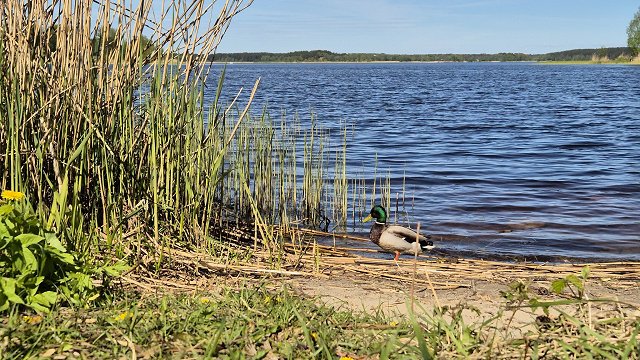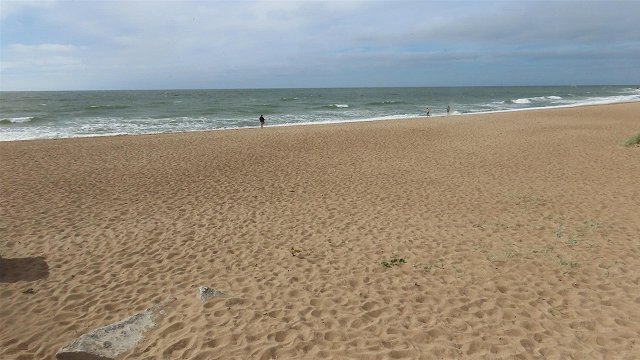“A biologically rich grassland is under water. In the summer there is bog myrtle, orchids, butterfly orchids, now it's all under water,” said Mednis.
The popular nature park is home to herds of wild cows and horses, a wild orchid path and biologically rich fields with more than a 20-year history. The park was established in 1999 to show the diversity of flora and fauna, and last year the park was visited by more than 3,000 people from around the world, including photographers from Germany and the US.
“Latvia has large herbivores – horses and cows, that have historically inhabited Latvia. They can shape scenery and create an attractive environment for plants, other animals, and it's also interesting for people to look at,” said Mednis. The park has grown 10 times from its original size, and now provides 426 hectares for grazing. There are also plans to build an eco-cottage.

Currently the water level is about 150 centimeters higher than average. According to the park manager, the spring floods help clear up the lake, and the lack of snow has been an advantage for the animals. They haven't had to give the animals extra food this year as the grass is already growing where the water level has retreated.
“Migration has started, the conditions are good. The early spring migrants are here. Climate changes can be felt, the birds don't fly so far anymore, there are [closer] bases for food,” said Mednis.
The Pape Lake fields were the first place for natural grazing in Latvia, and now the wild horses and cows born there graze all over Latvia. According to the Pape Nature Park website, the park includes “the coast of the Baltic Sea and its dunes, Lake Pape, Nida bog – places where many protected plant, animal and bird species, as well as wild horses, auroxen and European bison can be found.”































